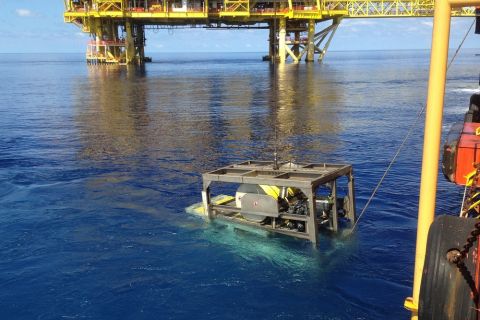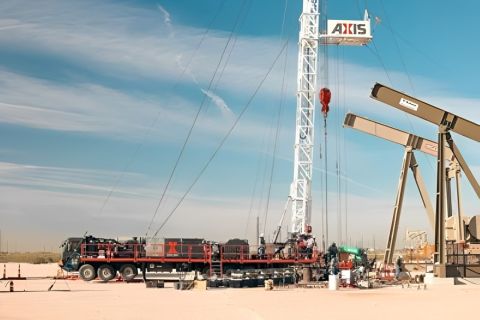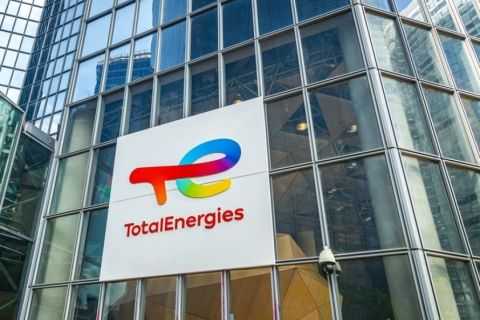
The shifting bank market is more based on company size, while regional banks remain the backbone of reserve-based lending. (Source: Shutterstock)
As the deal count stumbles to near a two-decade low, we saw a lot of activity in the M&A space during the first part of 2023. The need for E&P companies to expand their inventory revived the market. While the second half of 2022 was dominated by large-cap public company deal flow, small and mid-cap companies have taken over so far this year.
What changed and what factors are influencing the industry outlook for the remainder of the year?
Much of the central narrative remains the same with management and investors focusing on building a robust inventory and demanding return on capital via share buybacks and dividends.
On the buy side, large-cap companies—with a market capitalization of $10 billion or more—showed their balance sheet strength and favorable stock valuations to execute deals that were both accretive to current cash flow and that expanded their drilling locations.
For small-mid caps (SMID), solving the inventory dilemma wasn’t as simple. Their modest equity trading makes it challenging to put in an aggressive offer that values inventory while keeping the deal accretive. We’re seeing a trend where companies are turning to more creative strategies, including deals in which non-op Northern Oil & Gas partnered first with Vital Energy to acquire Forge Energy II; then played a similar role in Earthstone Energy Inc.’s successful acquisition of Novo Oil & Gas Holdings LLC in August.
Trading assets allowed Callon Petroleum to become a Permian pure-play company while Ridgemar Energy Operating LLC, backed by Carnelian Energy Capital Management LP, struck their first deal in the Eagle Ford. Similarly, Encap Investments was able to pick up Williston Basin assets for Grayson Mill as part of their agreement to sell their trio of Midland Basin portfolio companies to Ovintiv.
On the sell side, private equities led the way and continue to take advantage of the momentum created as public buyers focused on securing future drilling inventory. Stable commodity prices along with the need to exit mature investments and show returns to limited partners as private equity firms raise new funds contributed to the success of this strategy.
Market outlook
Oil prices are no longer at an impasse between buyers and sellers. If prices can stay range-bound in the 70s to 80s, we will continue to see an active M&A market and further consolidation. Size and scale matters: inventory in core plays will likely increase in value as fewer quality positions with scale are available.
Corporate consolidation should prompt secondary transactions to sell off the assets considered non-core relative to the acquisition targets. This should provide some relief to what otherwise has been a slow start of the year for the A&D middle market.
Public buyers, particularly SMID caps, are using cash and increasing leverage to pursue accretion. We expect this trend to continue until their share price valuation is more favorable.
Oil and gas banking gap?
Credit terms remain conservative, often requiring a 50-50 debt-to-equity split for acquisition finance. While syndications are challenging, these multi-bank financings are getting done with increasing effort to secure participants.
The bread and butter of the energy banking industry has and will continue to be A&D activity.
Since 2016, the number of banks with dedicated upstream lenders has declined. Foreign banks have either retreated or reduced their energy exposure due to significant losses or pressure to reduce exposure to fossil fuels.
The energy banks that remain have re-examined how they deploy capital. Some larger banks have moved up market in search of large commitments, investment banking opportunities and large one-time fees. Midsized banks have focused on funded debt, deposits and cross-sales to privately funded oil and gas companies.
As banks redefine their target clients, multibank syndications align with specific client’s business objectives.
Regional banks do not want to be 2% of a large billion-plus dollar credit facility while money center banks have little interest in smaller companies with no potential for capital markets.
So, is there a banking gap? It depends.
Saying there is a traditional lending gap is too simplistic. The shifting bank market based on company size is more apparent now. Producers’ expectations will ultimately determine proper alignment with the new banking dynamic. Without proper alignment, the producer has additional capital optionality outside regulated banks.
For a traditional reserve-based lending (RBL), producers should expect consistent credit terms, the need to bid out services across the syndicate and the importance of a bank’s internal risk assessment.
Much like private producers revolutionized the shale boom, regional banks remain the backbone of RBL.
Those lenders who remain steadfast in their commitment to upstream oil and gas will continue to support the next generation, albeit with more business expectations in return for bank capital.
Mari Salazar is the manager of energy banking at BOK Financial and Cristina Stellar is managing director of energy investment banking at BOK Financial Securities.
Recommended Reading
StimStixx, Hunting Titan Partner on Well Perforation, Acidizing
2024-02-07 - The strategic partnership between StimStixx Technologies and Hunting Titan will increase well treatments and reduce costs, the companies said.
TGS, SLB to Conduct Engagement Phase 5 in GoM
2024-02-05 - TGS and SLB’s seventh program within the joint venture involves the acquisition of 157 Outer Continental Shelf blocks.
Forum Energy Signs MOU to Develop Electric ROV Thrusters
2024-03-13 - The electric thrusters for ROV systems will undergo extensive tests by Forum Energy Technologies and SAFEEN Survey & Subsea Services.
Axis Energy Deploys Fully Electric Well Service Rig
2024-03-13 - Axis Energy Services’ EPIC RIG has the ability to run on grid power for reduced emissions and increased fuel flexibility.
TotalEnergies Rolling Out Copilot for Microsoft 365
2024-02-27 - TotalEnergies’ rollout is part of the company’s digital transformation and is intended to help employees solve problems more efficiently.





